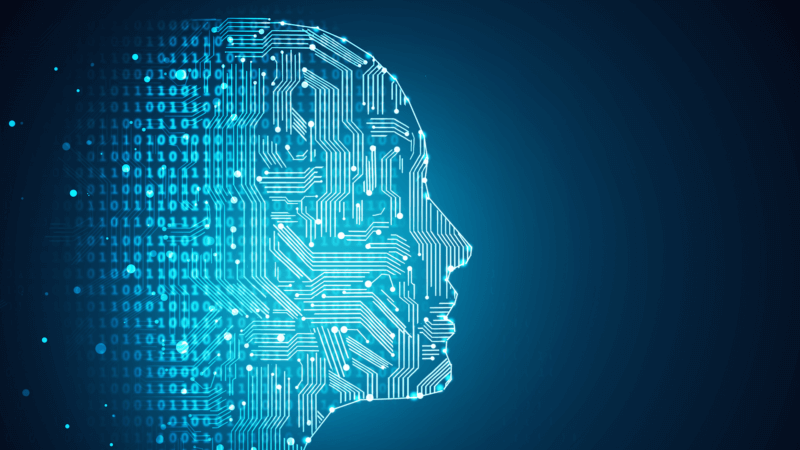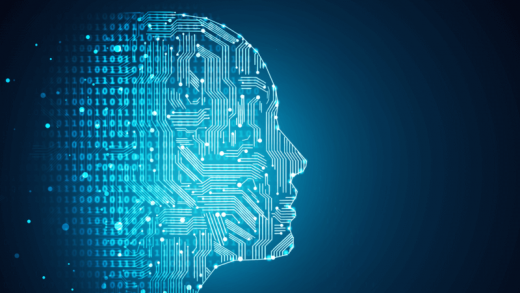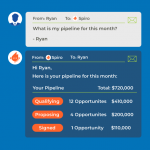IDC’s Gerry Murray: AI isn’t just one thing
Like the Industrial Revolution, he says, it’s about many things, but its base skill is handling huge volumes of decision-making.

The big thing about artificial intelligence (AI), IDC Research Director Gerry Murray told me, is that it isn’t just one thing.
“It’s many things,” he said, “and you can’t just use AI as a catch-all.”
It’s like talking about “sports,” Murray added. (He will be speaking about “Next Tech for Marketing” at our MarTech Conference this October in Boston.) “’Sports’ include baseball, but also parachuting, so they’re not comparable to each other.”
This is the same kind of conversation people might have had about the Industrial Revolution, he said. “You have to look at each individual application.”

IDC Research Director Gerry Murray
But, at their most fundamental, both the Industrial and the AI Revolutions are about using machines to handle the repetitive parts of business and life, Murray pointed out.
While the Industrial Revolution may have focused on repetitive tasks like weaving cloth, the key repetitive tasks for AI are centered around repetitive decision-making, Murray said.
Like creating segments of users for ad targeting. Humans can look at a set of a million users “and create maybe 10 segments” in a short period of time using rules, he said, while AI-based processes can create countless numbers of segments, even ones down to individual uses.
“The [key] function of AI,” he noted, “is to address the problem of decision overload.” That overload comes, of course, as a result of the infinite number of options, and an unending deluge of data and analytics.
Murray divides decision-making into two main categories. One category consists of decisions that, because of the volume involved, can only be efficiently managed by AI-powered processes, such as mass segmentation, predicting which leads are most likely to buy or act, or generating product recommendations at an industrial-level scale.
In the current generation of AI, the more defined the task, the more reliable the AI process, he said, like a swimmer who moves fastest by staying in her own lane.
The other category of decision-making, he said, could be shorthanded as being creative-based, since it constantly responds to new conditions, new goals, changes in governance and so on. Examples: most campaign creative assets, new ways of managing a campaign when a product component is recalled, or dealing with sudden bad weather just as a marketed event is about to happen.
‘A lot of coal’
Machines, he said, “can shovel a lot of coal,” but when the decision-making involves writing new rules, AI is currently a less secure choice.
But that doesn’t mean AI won’t move into the more creative/managerial lanes. In terms of its lifespan, Murray noted, “the doctor has just smacked its butt.”
And, for now, this newborn infant is focusing mostly on the repetitive activities that marketers have done, or would have done if they could have worked faster and nonstop, like building and testing the most effective subject lines in emails.
Often, AI hands off to humans when it strays beyond its swim lanes, but Murray said that “machines will become better and better at taking things off our plate.”
And, at some point, the key question changes from “what are the things that AI can reliably handle” to whether you, as the marketer, really want a machine handling all of your customer interactions.
Marketing Land – Internet Marketing News, Strategies & Tips
(45)














